Top News

HHS names Karen DeSalvo, MD, MPH, MsC National Coordinator for Health Information Technology. DeSalvo, health commissioner for the City of New Orleans, will start on January 13, succeeding Farzad Mostashari, MD, MsC. According to an internal email from HHS Secretary Kathleen Sebelius, “Throughout her career, Dr. DeSalvo has advocated increasing the use of health information technology (HIT) to improve access to care, the quality of care, and overall population health outcomes –including efforts post-Katrina to redesign of the health system with HIT as a foundational element.”
Reader Comments

From MC Scanner: “Re: Apple commercial. The video for ‘Misunderstood’ that will air on TV next week brought tears to my eyes. It’s amazingly powerful – even better than their ‘1984’ ad.” Maybe I’m just being a Scrooge, but it seemed to me like a lame, Microsoft-style attempt to make people believe that their lives are incomplete unless they experience it using consumer technology. This commercial features a kid who chooses not to participate in family holiday activities with everybody else, instead messing around with his phone and recording everything for the big reveal when he shows the edited video to the family on the big screen TV. The message appears apt for the self-obsessed Facebookers of the world who can’t turn their smartphones off long enough to participate in the world instead of documenting it in Kodak moments for public display. I was creeped out when the family stopped doing everything warm and loving about the holidays and instead stared at themselves on TV, suddenly overcome with affection for the kid who couldn’t relate to them otherwise (probably because he never stops staring into his phone). Here’s my alternative, non-Apple approved holiday message: put down your electronic pacifiers, spend time with people you love, forget the always-beckoning fantasy world of your phone for just one day, and live like a human instead of an online avatar.
From Unnamed: “Re: [company name removed]. Laying off US employees right before Christmas, moving jobs to India, cutting budgets by 25 percent, and disregarding outstanding financial commitments. Sounds like a HISsies ‘Stupidest Vendor Move’ category.” We had some financial problems with that company, too.
From Jack: “Re: Orion Health’s list of best healthcare reporters and blogs. I saw this and figured either your actual name was on here (gasp) or whomever wrote this doesn’t actually read HIStalk. But how in the world do you get left out of that list?” HIStalk gets left off quite a few of the “best HIT sites” lists for several reasons: (a) it competes with the interests of whoever created the list; (b) it’s based on an Internet metric like Alexa or Klout scores; (c) they can’t figure out whether to consider HIStalk a blog or something else; or (d) they think other sites are better, which is perfectly fine and maybe they’re right. I never look at those lists and I often haven’t heard of the sites they proclaim as the busiest or best, but all I know is that Orion Health sponsors HIStalk, which seems to indicate they think it’s OK even though it’s not on their “Five Healthcare IT Reporters You Need to Follow” or “Health IT Thought Leaders” list.
HIStalk Announcements and Requests
 From HIStalk Practice in the last week: a few moonlighting suggestions for physicians. CMS offers informal reviews for EPs and group practices who will be subject to the 2014 eRx payment adjustment. CMS confirms that providers who assign their reimbursement and billing to a CAH under Method II are now eligible to participate in the MU program as EPs. A solo physician does a commendable job addressing a data breach. Salaried GPs in the UK face declines in compensation. My favorite gift, regardless of the holiday, is having new readers, so please take a moment and stop by. Thanks for reading.
From HIStalk Practice in the last week: a few moonlighting suggestions for physicians. CMS offers informal reviews for EPs and group practices who will be subject to the 2014 eRx payment adjustment. CMS confirms that providers who assign their reimbursement and billing to a CAH under Method II are now eligible to participate in the MU program as EPs. A solo physician does a commendable job addressing a data breach. Salaried GPs in the UK face declines in compensation. My favorite gift, regardless of the holiday, is having new readers, so please take a moment and stop by. Thanks for reading.
Listening: The Honorary Title, a Brooklyn-based indie rock band that flamed out in 2009 without a lot of success. I’ve been obsessed with Nada Surf lately and they sound a good bit like them.
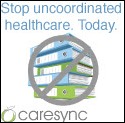
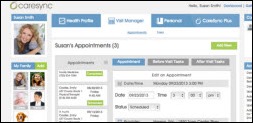
Welcome to new HIStalk Gold Sponsor (and HIStalk Connect Platinum Sponsor) CareSync. The Florida-based company offers a family health record and the mobile-based Visit Manager that provides access to a family’s medical records, organizes questions for providers, and stores to-do lists and notes, all to get family members organized before, during, and after their medical appointments. Information can be selectively shared with providers and family and friends who are helping with health needs. It allows tracking of health goals, prescriptions, emergency contacts, and providers. The company’s team of medical records specialists will even help assemble and organize the health information. It is reasonably priced and could make a nice Christmas gift for a family member. You probably know some of the industry long-timers who are involved – Travis Bond (Bond Technologies) and Amy Gleason, RN (Allscripts), to name two. Thanks to CareSync for supporting HIStalk.
I found this CareSync video on YouTube that explains it much better than I just did.
Sales
Mercy Health Physicians (OH) will implement PatientPoint’s patient engagement solutions.
Queen Elizabeth Hospital King’s Lynn (UK) selects iMDsoft’s MetaVision for its ICU.
Children’s Medical Center (TX) engages PCCI to build predictive analytical models to identify children at-risk for asthma crises and to develop an information exchange between pediatric and social services providers.
People

ClearDATA names Scott Whyte (Dignity Health) SVP for growth and innovation.
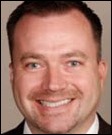
Ryan Donovan (Visa) joins Practice Fusion as VP of corporate communications.

CareInSync hires Cheryl Cruver (The Advisory Board Company) as SVP of provider solutions.

Rainu Kaushal, MD, who holds a number of roles including informatics at Weill Cornell Medical College and New York-Presbyterian Hospital, is named chair of the college’s Department of Healthcare Policy and Research.
Announcements and Implementations
Arch Health Partners, a medical foundation affiliated with Palomar Health (CA), deploys Phytel’s population health management platform.
Kansas HIE and the Lewis and Clark Information Exchange connect their networks.
University of Colorado Health migrates 17,000 mailboxes from three disparate healthcare organizations on multiple legacy email platforms into one single consolidated Microsoft Office 365 environment. The consolidation is expected to save the organization $13.9 million over 11 years.
Landesklinikum Amstetten (Austria), AZ Sint Lucas (Belgium), Hospital La Pitie-Salpetriere and Centre Hospitalier Regional De Metz-Thionville (France), and Medway Maritime Hospital (UK) go live with the iMDsoft MetaVision platform.
Wesley Medical Center, Cypress Surgery Center, and Surgery Center of Kansas go live on Anesthesia Touch from Plexus Information Systems.
Lehigh Valley Health Network (PA) implements Salar’s TeamNotes, which sits on top of GE Centricity EMR to facilitate ICD-10 compliant documentation.
Government and Politics
A report by the Senate Commerce Committee highlights minimally regulated data brokers that buy and sell patient data, including disease-specific patient lists and in one case, lists of rape and domestic violence victims.
The VA’s ongoing cybersecurity problems are the subject of a Federal News Radio series, which points out the material weaknesses listed in its financial statements. Among them: failing to revoke network access of terminated employees, failing to keep unauthorized software off the network, and improperly securing Web-based applications. An unnamed government official says the VA CIO’s office has developed a siege mentality against Congressional inquiries, concluding,
“I find it disingenuous in how they are responding to this and the degree of contempt they have in how they are approaching this. They feel it’s a witch hunt. There is a marked lack of respect for the committee by the IT leadership. How they are managing the process is indicative of the lack of respect for Congress and particularly the Veterans Affairs Committee. They think it’s a game so they will evade, obfuscate and they will basically come back with just the bare minimum so as not to be out of compliance.”
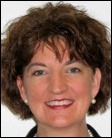
The Oregon government official in charge of the state’s trouble-prone health insurance exchange website resigns. The state had bragged that its marketplace would be one of the most advanced when it opened October 1, but it still can’t handle electronic applications and required hiring 400 workers to process paper forms. Carolyn Lawson, CIO of the Oregon Health Authority and Department of Human Services, stepped down Thursday for “personal reasons.”

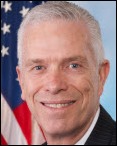
Representatives Doris Matsui (D-CA) and Bill Johnson (R-OH) introduce the Telehealth Modernization Act of 2013, which would create a federal definition of telehealth based on an earlier California definition with the hopes of standardizing inconsistent state-level policies. It addresses patient-provider relationships, informed care, provider documentation, sending documentation to other providers, and prescribing requirements.
Technology
Scripps Health launches a pilot of the Sotera Wireless ViSi Mobile vital signs wrist monitor, which measures ECG, heart rate, pulse, oxygenation, and temperature.
MMRGlobal is awarded another patent, this time for just about everything a person can do to access health information on a mobile device.
Other
The healthcare industry is making slow progress on preparing for ICD-10, according to a WEDI readiness survey. About 20 percent of vendors claim they are halfway or less complete with product development, while about half of providers have yet not completed an impact assessment. Meanwhile, about one-third of health plans have not initiated internal testing; two-thirds have not started external testing.
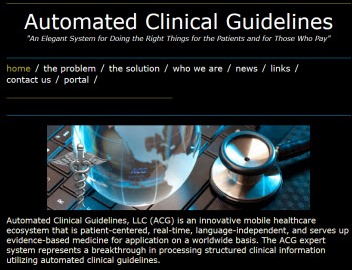
The Orlando newspaper profiles Automated Clinical Guidelines, which offers some kind of clinical pathway guidance product whose company-provided description is obfuscated by a writhing nest of unintelligible HIT-related cliches that marketing people dream about when you naively ask what a particular product does and 20 minutes you still have no idea:
ACG has developed an innovative healthcare ecosystem that is patient-centered, operates in real-time, is language-independent, and serves up evidence-based medicine for application on a worldwide basis. The ACG expert system represents a breakthrough in processing structured clinical information utilizing automated clinical guidelines. ACG software is a patented, smart, internet-based, and platform independent solution to the medical crisis in a demographically aging world faced with a severe shortage of physicians. ACG is NOT an EMR or an EHR product and in fact operates in a product space that is totally EMR/EHR independent. ACG revenue streams come from annual renewable institutional contracts, physician patient visits on a per click basis, and by medical products advertising. The ACG ecosystem is an elegant design that requires little or no training and guides the user by use of Symbolic and Boolean logic clinically correlated algorithms, as opposed to current attempts to use database centered templates and report writers.
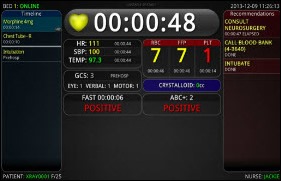
The Houston newspaper writes up Decisio, which formats information from patient monitors into an electronic triage system. Says CEO Bryan Haardt, who was COO of Prognosis Health Information Systems until June 2013, “Today’s thermostats have more intelligence than most medical monitors.”
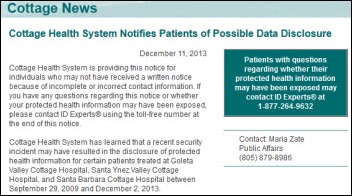
Cottage Health System (CA) discloses that the information of 32,500 patients was exposed when a vendor inadvertently opened up one of its servers to the Internet. As is nearly always the case, the problem was discovered by someone who found the information while Googling names. Surely there must be a monitoring service that can ping a supposedly secure server from outside the firewall and raise an alert if it gets in.
AMIA runs a list of its members who passed the first clinical informatics subspecialist exam in October.

 A 66-year-old man files a lawsuit against Advocate Condell Medical Center (IL), claiming that hospital security guards threatened him, beat him, and bit him as he attempted to discharge himself from the ER. The main waited six hours for treatment of his TIA before trying to depart for another hospital, at which time he says seven security guards verbally and physically attacked him. Following the altercation, he claims he was injected with narcotics, strapped to a gurney, and kept in the hospital for six days.
A 66-year-old man files a lawsuit against Advocate Condell Medical Center (IL), claiming that hospital security guards threatened him, beat him, and bit him as he attempted to discharge himself from the ER. The main waited six hours for treatment of his TIA before trying to depart for another hospital, at which time he says seven security guards verbally and physically attacked him. Following the altercation, he claims he was injected with narcotics, strapped to a gurney, and kept in the hospital for six days.
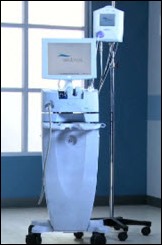
Weird News Andy offers a list of items “for all the HIStalk techies in your life” from this article, cynically saying of an anesthesiologist robot, “What could go wrong?”
WNA will be sorry he didn’t see this first. A Chicago ED doc says he deals with sex-related accidents twice per week, enough to make him the star of a stupid new reality show (was that redundant?) called “Sex Sent Me to the ER.” Some of the cases he’ll cover involve people who fell on penetrating foreign objects (right), broken penises, and a 440-pound male virgin so focused on his first sexual experience that he pushed his girlfriend’s head through a wall. It looks stupid, sensationalistic, and poorly made, which of course means it will be an instant hit.
Sponsor Updates

- Visage Imaging lists the top five trends it observed about enterprise imaging at RSNA 2013.
- QPID releases some funny, holiday-themed training videos for its customers (1, 2, 3).
- The MarketsandMarkets research firm ranks Perceptive Software’s Acuo VNA platform the world market share leader among all independent and PACS-affiliated VNA solution providers.
- ICSA Labs awards CliniComp’s Essentris v213.01 software 2014 Edition Inpatient Modular EHR ONC Health IT Certification.
- Deloitte includes Kareo on its Technology Fast 500 list of fastest growing technology, media, telecommunications, life sciences, and clean technology companies in North America based on its 797 percent growth over the last five years.
- Gartner positions Informatica as a leader in its 2013 Magic Quadrant for Data Masking Technology report.
- University College London (UCL) and Elsevier will establish the UCL Big Data Institute to explore innovative ways to serve the needs of researchers by providing analytical data for scientific content.
- The Drummond Group certifies Alere Analytics Clinical Quality Measures Services version 2.1 and Public Health Electronic Laboratory Reporting and Communication Portal version 3.2 for ONC-ACB MU as Modular Inpatient and Modular Ambulatory solutions respectively.
- T-System offers free T-Sheets flu documentation templates to hospitals and healthcare providers.
- Greenway Medical Technologies wins the 2013 Intel Innovation Award for its PrimeMOBILE app for Windows 8.
- Besler Consulting releases a review of the Hospital Outpatient Prospective Payment System 2014 final rule.
- Experian integrates its identity proofing and risk-based authentication platform Precise ID for health care portals with Epic’s MyChart patient portal.
- Impact Advisors principal Laura Kreofsky discusses HIT in 2014.
- E-MDs Cloud Solutions v. Cirrus achieves ONC-ACB certification for MU Stage 1 and 2 and is compliant as a Complete EHR 2014.
- Huntzinger Staffing Solutions expands its offerings to include Cerner staffing and sourcing services.
- Carolyn Brzezicki, senior clinical specialist for Healthwise, challenges readers to behave as if they have Type 2 diabetes for one day.
- Billian’s HealthDATA hosts a January 16 #HITchicks Tweet Chat.
- HIStalk sponsors winning Fierce Innovation Awards include Health Catalyst for Best Problem Solver and Data Analytics; Patientco for RCM; QPID for Best Cost-Saver and Clinical Information Management; and CoverMyMeds in the HIE category and an overall award in Best in Show: Best New Product/Service.
- Australia’s Adelaide Research and Innovation names Wolters Kluwer Health an Innovation Champion based on its ongoing partnership with Joanna Briggs Institute to bring evidence-based practice resources to healthcare institutions globally.
EPtalk by Dr. Jayne
I keep my eye on Twitter for interesting health IT items. A mention of “24 Outstanding Statistics on How Social Media has Impacted Health Care” caught my eye, mostly because of the use of the number 24. Usually articles will feature a top 10, top 20, maybe a top 25 but I thought going with 24 was an interesting choice. The statistics are drawn from some interesting sources from advertising and media firms to Mashable.
The first two numbers weren’t surprising: 40 percent of consumers say social media impacts how they deal with their health, 18-24 year olds are more likely than 45-54 year olds to use social media, and so on. The third did surprise me: 90 percent of those 18-24 said they’d trust medical information shared by others on their social media networks. This little tidbit doesn’t give me a lot of hope for humanity since my “official” practice persona is Facebook friends with a number of our patients in that age bracket. Let’s just say that most of the posts from that demographic are not exactly systematic literature reviews.
I wonder if they also buy into links for “one simple way to lose belly fat” or “avoid this one food to lose weight?” Behind the closed door of the exam room, I’ve heard a lot of things that 18-24 year olds say about health issues and can confidently attest that most of them have been bogus. Typically those conversations have been in the realm of reproductive health, which probably adds to the mystery of some of their statements, but I’m not sure I’d trust most of the advice these teens have been given by their peers.
Back when the Internet was all we had, I used to counsel patients that the Internet is like the world’s largest bathroom wall. There are a lot of things written on it and some of them are certainly true, but it’s hard to figure out which. The number and volume of sites, apps, and sources available now makes keeping track of the truth even more challenging.
Only 31 percent of healthcare organizations have written guidelines for social media, which I think is low, especially if the respondents were organizations of any size. A good friend of mine is a plaintiff’s attorney and regularly licks his chops at the prospect of litigating cases where medical advice was inappropriately given via social media or where patient-specific information was inadvertently released. Another statistic later in the piece states that 26 percent of hospitals participate in social media, so perhaps the relatively low rate of those online makes the guidelines percentage look a little better.
I liked the statistic that 54 percent of patients are “very comfortable” with their providers using online communities to aid in treatment. It’s validating for me personally since I was once yelled at by a hospital VP after being quoted in a newspaper interview about using the Internet to search for information while seeing patients. He told me it was “unseemly” to admit that you didn’t know everything the patient needed you to know and would undermine confidence. I’ve always found patients appreciated the fact that I admit I don’t know everything and am willing to make sure I have the correct approach before I apply it to their situation.
Although 41 percent of people claim social media would impact their choice of a physician or hospital, I’d like to see the numbers if we asked which was more influential: social media or insurance coverage. I’m pretty sure reimbursement trumps reputation and quality much more often than most of us would like. Among resources used to health information, Wikipedia was at 31 percent. Since I personally use Wikipedia to validate information fairly often, that felt low to me.
I was heartened to learn that 60 percent of people trust physicians’ social media posts over any other group. In real-life clinical practice, it felt like I was often competing against Aunt Betsy or the neighbor up the street, so six out of 10 isn’t bad. Given this number in light of the statistic about the 18-24 year olds being so trusting of items seen on social media, I should probably start posting “safe sex” advice on my professional Facebook page. I’m sure my grandmother would be scandalized, but I can say I’m doing it in the name of science.
The final statistic mentioned is that Facebook is the most popular for hospitals that have an online presence. I must admit, my professional self no longer follows my hospital’s Facebook presence because I simply couldn’t take it any more. Rather than being a good source of health information and patient advocacy, it had become little more than a marketing vehicle. If I read one more congratulatory back-pat for earning some bogus “Top Whatever Hospital Center of Excellence Patient Choice Satisfaction” award, I was going to need anti-nausea medication.
What would Mark Twain think of the information age and its lies, damned lies, and statistics? Email me.
Contacts
Mr. H, Inga, Dr. Jayne, Dr. Gregg, Lt. Dan, Dr. Travis, Lorre
More news: HIStalk Practice, HIStalk Connect.



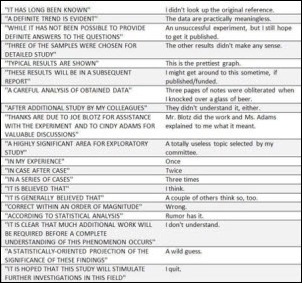



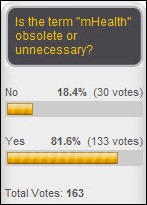






















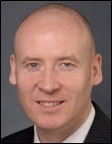



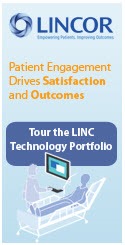
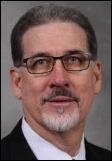

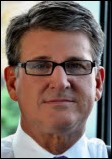
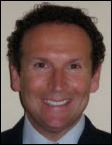
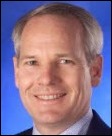



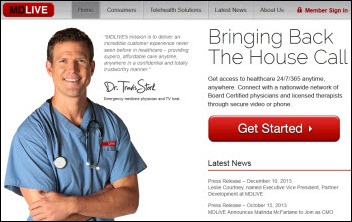
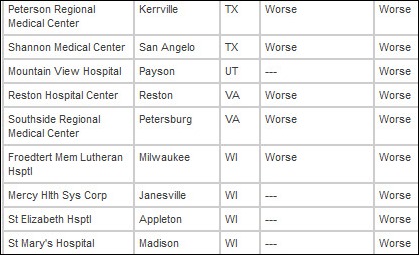
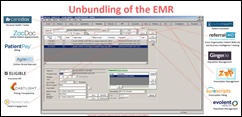
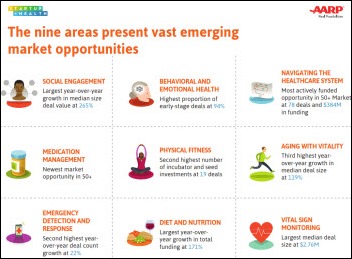
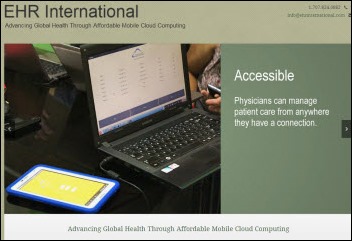







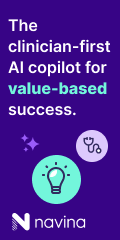
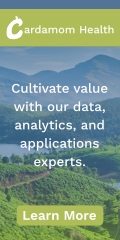
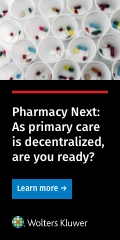



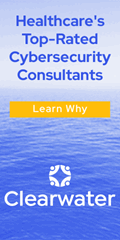










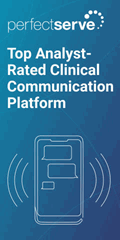

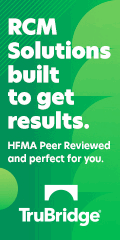






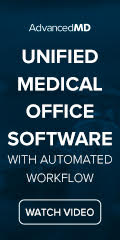
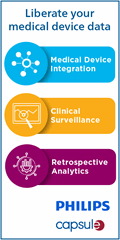
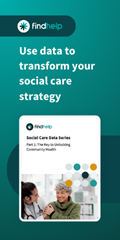

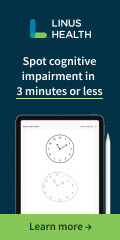
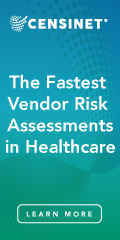






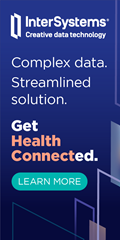
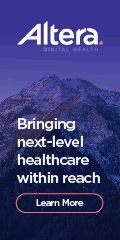

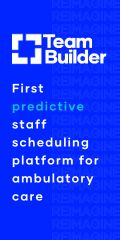

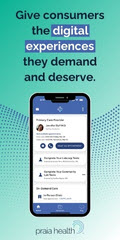

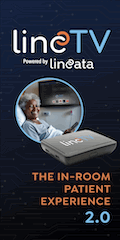
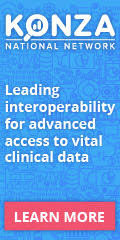



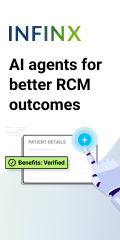
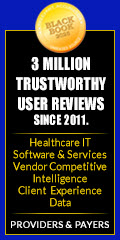



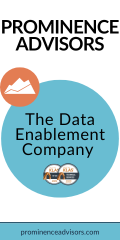
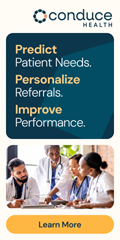

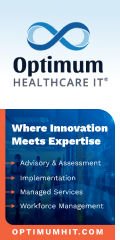

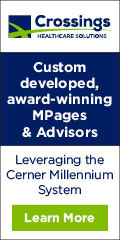








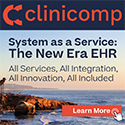

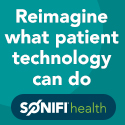
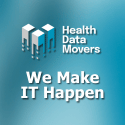
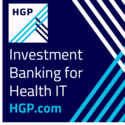
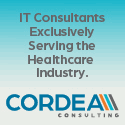



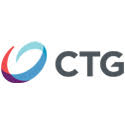
What a refreshing perspective. Your journey is inspiring.